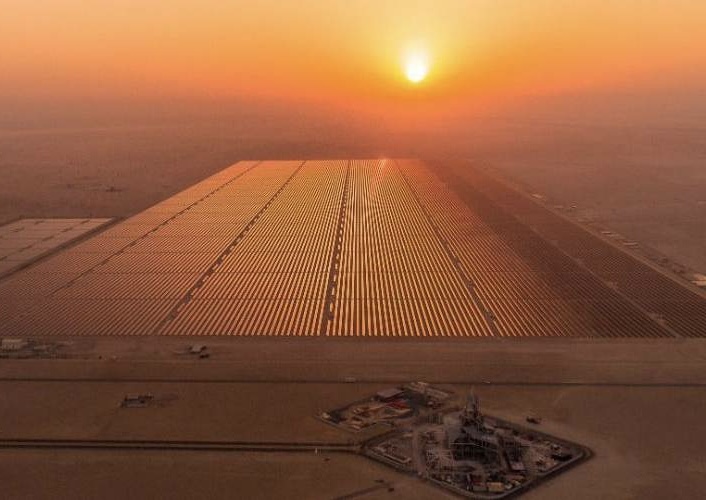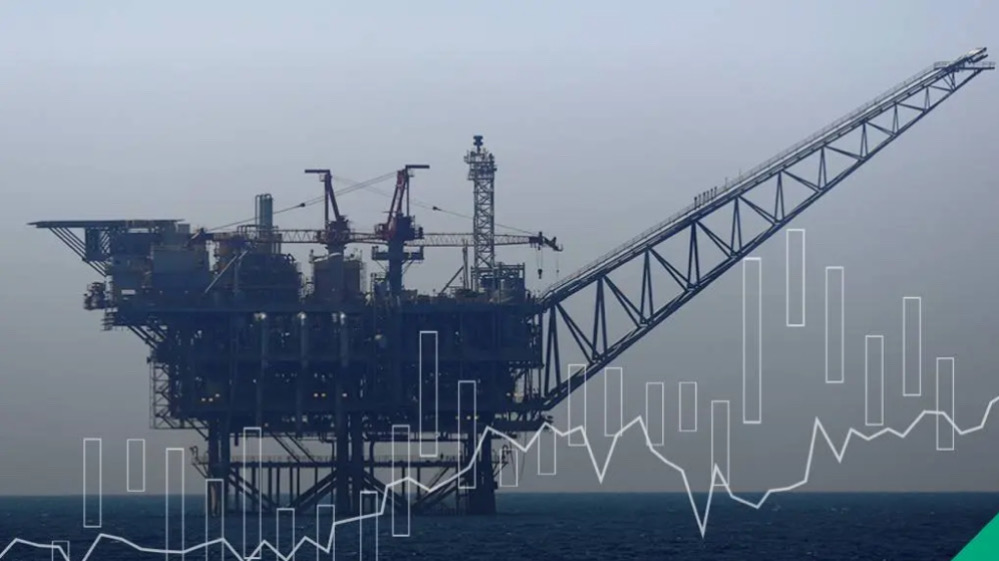Reports
Egypt Hails Damietta LNG Return, but Short-Term Impact Likely Muted
Published on : 2021-02-26

The loading of an LNG cargo at Egypt's 5 million mt/year Damietta LNG plant on Feb. 22 marked the return to operations of a plant that sat idle for more than eight years, a victim of domestic gas shortages in the wake of the Arab Spring.
Damietta's return gives Egypt an additional export outlet as it looks to make the most of a surplus of gas achieved through production from the supergiant Zohr field and the start in 2020 of imports from Israel.
For the Egyptian government, bringing Damietta back online was an important milestone for the country's gas industry, part of work to "strengthen Egypt's position as a regional center for gas and energy trading in the Eastern Mediterranean region."
However, the impact of Damietta's return may not be felt for a while yet as domestic summer demand is expected to keep a lid on Egyptian export volumes in general, according to S&P Global Platts Analytics.
"We expect the facility's exports to be limited until after Egyptian summer demand recedes, with material exports from Damietta not expected until Winter 2021," Platts Analytics' managing analyst Samer Mosis said Feb. 26.
Mosis' view was shared by the market, with traders saying the potential for increased seasonal demand in the domestic market headed into summer could limit exports. "Let's see how Damietta performs over the summer," an LNG trader said.
It remains unclear when the next loading from Damietta might take place, with no tankers seen headed for the plant, according to Platts trade flow software cFlow.
A tender that closed Feb. 11 for two FOB Damietta cargoes for late February and early March loadings was reported to have been withdrawn, according to sources.
Export increase
Meanwhile, Egyptian LNG exports from the 7.2 million mt/year Shell-operated Idku plant have soared so far in 2021 on the back of the global gas price rally.
The JKM benchmark spot Asian LNG price hit an all-time low of $1.825/MMBtu at the end of April 2020 -- bringing Egyptian LNG exports to near halt -- before rising to an all-time high of $32.50/MMBtu in mid-January.
Egyptian exports in 2021 to date have averaged around 27 million cu m/d, more than double year-ago levels, according to Platts Analytics data.
Mosis said that Platts Analytics expects a relative decline in Egyptian LNG exports this summer as domestic demand eats into available supply, with exports set to average around 16 million cu m/d.
Still, that is a significant improvement over last year when Egypt only exported one summer cargo due to the price-induced curtailments, which Mosis said are not expected to materialize this year.
An LNG market source said it was likely that Egyptian cargoes could head to the Middle East/India as netbacks seem the most favorable, with the Mediterranean the next best market.
According to Platts pricing data form Feb. 25, the H2 March West India Marker (WIM) stood at a premium of roughly $0.44/MMBtu over the corresponding Mediterranean Marker (MED).
Damietta struggle
Damietta LNG ceased operations in late 2012 after feedgas for the facility was diverted for use in the domestic Egyptian market as its own production slumped.
There followed years of legal wranglings as key shareholder Union Fenosa Gas (UFG) -- a joint venture between Italy's Eni and Spain's Naturgy -- sought compensation from the Egyptian state over the forced suspension of operations.
UFG was awarded $2 billion by the World Bank's International Center for Settlement of Investment Disputes in 2018, but all issues were resolved in a new dispute settlement agreement in December 2020.
The agreement -- which is expected to close in the first half of March -- will result in Naturgy's departure from Egypt and the end of its joint venture with Eni.
As a result, the shareholding of Damietta LNG owner SEGAS will become Eni (50%), state-owned EGAS (40%) and EGPC (10%).
They will be hoping that Damietta LNG can become a mainstay of the market in the longer term.
Platts Analytics' Mosis said Egypt was on track to see total domestic gas production breach 198 million cu m/d before 2022.
"However, due to high natural decline rates, Egypt will need to continue luring foreign oil and gas investment to maintain, let alone expand, domestic gas production and LNG exports," he said.
Egypt remains attractive to investors, he said, given strong domestic demand growth, existing export infrastructure, and a commercially conducive market structure.
This, he said, makes Egypt the "centerpiece of any regional gas ambitions."
Further developments in Israel are also likely to focus on exports to Egypt, with the two countries agreeing this week a plan to build a pipeline directly from the giant Leviathan field to Egypt's two LNG plants.
At a meeting in Jerusalem on Feb. 21, Israeli energy minister Yuval Steinitz and his Egyptian counterpart Tarek el-Molla said the pipeline would be part of both countries' ambition to "promote energy cooperation."







